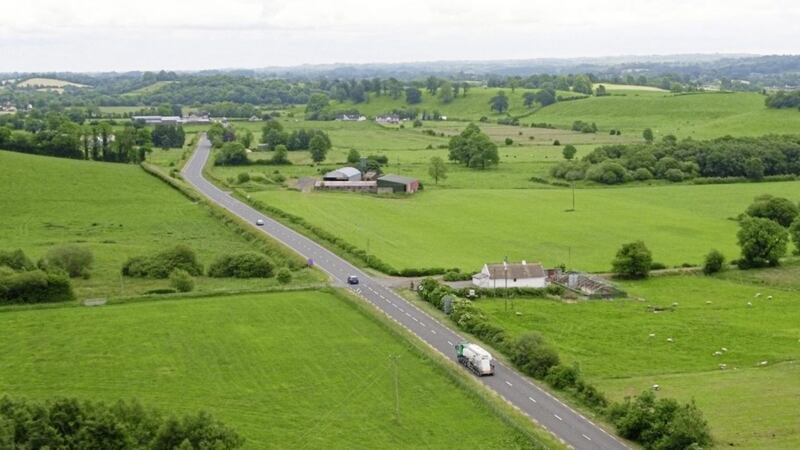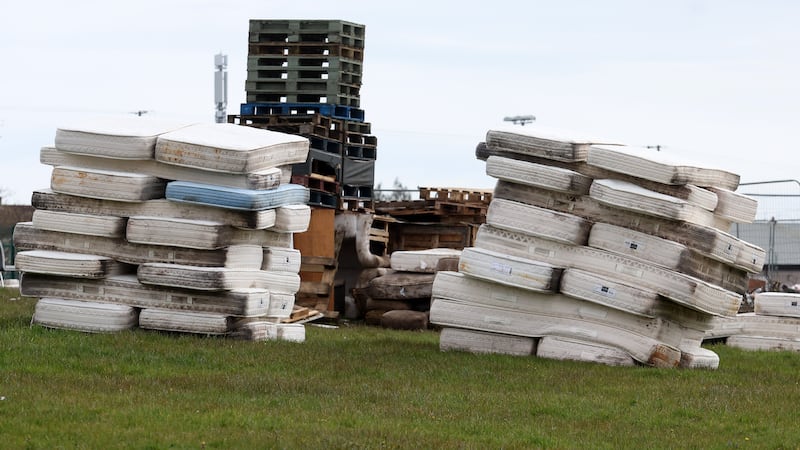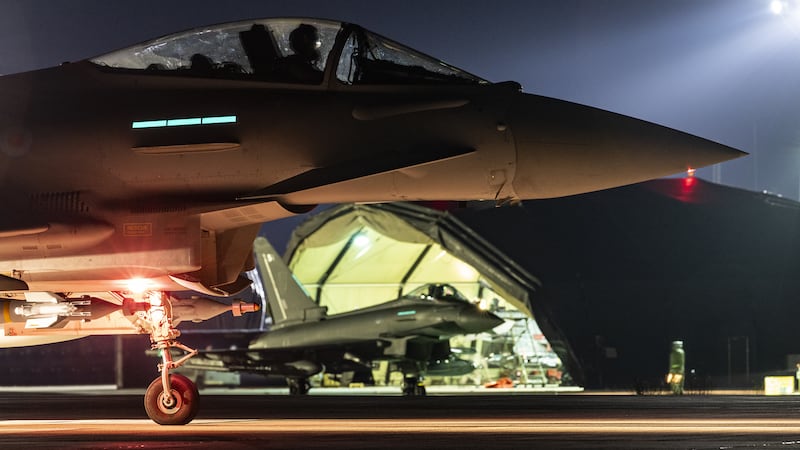THE one-mile 'buffer zone' inside the Northern Ireland border, where police, customs or immigration officers may stop and question anyone on suspicion of terrorist offences, was created 18 years ago by the Terrorism Act 2000, the UK's main anti-terror legislation.
This also applied to train stations with "international" services.
The new Counter Terrorism and Border Security Bill 2018, currently making its way through Westminster, is drafted as an update to the 2000 Act.
All it adds to policing the 'buffer zone' is the power to stop and question anyone on suspicion of being an agent of a hostile foreign state.
Conjectural Irish republics are not included - the hostile state the British government has in mind is clearly specified in the Home Office notes accompanying the bill, which give the background to this provision as "the attempted assassination of Sergei and Yulia Skipral" in Salisbury earlier this year.
In other words, there might now be racial profiling of Russians crossing the border, as long as they are stopped within a mile of it or at the first train station on the UK side.
Far worse has long happened on the other side, where Gardai immigration officers routinely drag all the non-white people off buses and trains at Dundalk.
None of this will be of any more consequence to most residents of Ireland, north or south, than it has been for the past two decades.
Yet when it was raised last week by the Committee for the Administration of Justice, a Belfast-based lobby group, all hell broke lose.
CAJ asked if there will be a "militarised zone" full of "roving patrols", stopping and searching anyone without justification.
Nationalist and republican politicians, organisations and individuals reacted with warnings of mass civil disobedience, prison camps filled to overflowing and people being interrogated on their own doorsteps.
"London is preparing for the imposition of a hard border in Ireland," Sinn Féin deputy leader Michelle O'Neill concluded - bringing a Brexit angle into the mix.
But the Bill has nothing to do with Brexit and precious little to do with Northern Ireland or its border.
The well-established buffer zone concept is about avoiding hard infrastructure altogether, while the international train service it has in mind is the Eurostar, not the Enterprise.
The new bill will in fact downgrade the 2000 Act considerably in this regard, by making answers given under questioning at border checks inadmissible in court.
A similar misunderstanding has occurred over the Bill's proposed terrorism offences.
The 2000 Act criminalises wearing clothing, or wearing, carrying or displaying any article, that supports a proscribed organisation.
Another Act in 2006 created further offences of encouraging support for terrorism or disseminating terrorist publications.
There has been a great deal of legal debate in the years since about what 'displaying any article' and 'publications' might cover, not least because this period has encompassed most of the history of the internet and the entire history of social media.
So the Home Office aims to update it "for the modern digital world" by clarifying that terrorist material includes still and moving images, that it must be viewed or disseminated online three or more times, that encouraging support in this manner must be "reckless" and that all this must pass the judgment of any "reasonable person".
The background is given as the 2017 Manchester and London terror attacks and countering radicalisation.
Specific exemptions already exist for journalists and academics using terrorist material and the Home Office promises these will continue to apply.
Yet CAJ claims someone could be prosecuted for uploading a photo of a republican or loyalist mural, causing "huge community alienation" and possibly "street violence".
The kid-glove treatment of proscribed organisations in Northern Ireland over the past 18 years shows how vanishingly remote a prospect this is - even regarding what are cynically referred to as 'bad' paramilitaries.
Last weekend, the PSNI and the Parades Commission facilitated a march through central Belfast by the political wing of an illegal dissident group, with many participants in paramilitary garb.
More 'cooperative' groups will be indulged, engaged with and funded, as always.
The ambiguities of peace processing make it awkward for the government to explain why Northern Ireland remains an eternal special case, and make it impossible almost by definition to codify this when drafting legislation.
The current febrile atmosphere, in which Brexit is a factor, certainly conveys a greater responsibility to try.
However, there is an equal responsibility on politicians and activists in Northern Ireland not to stir up baseless fears.
newton@irishnews.com









